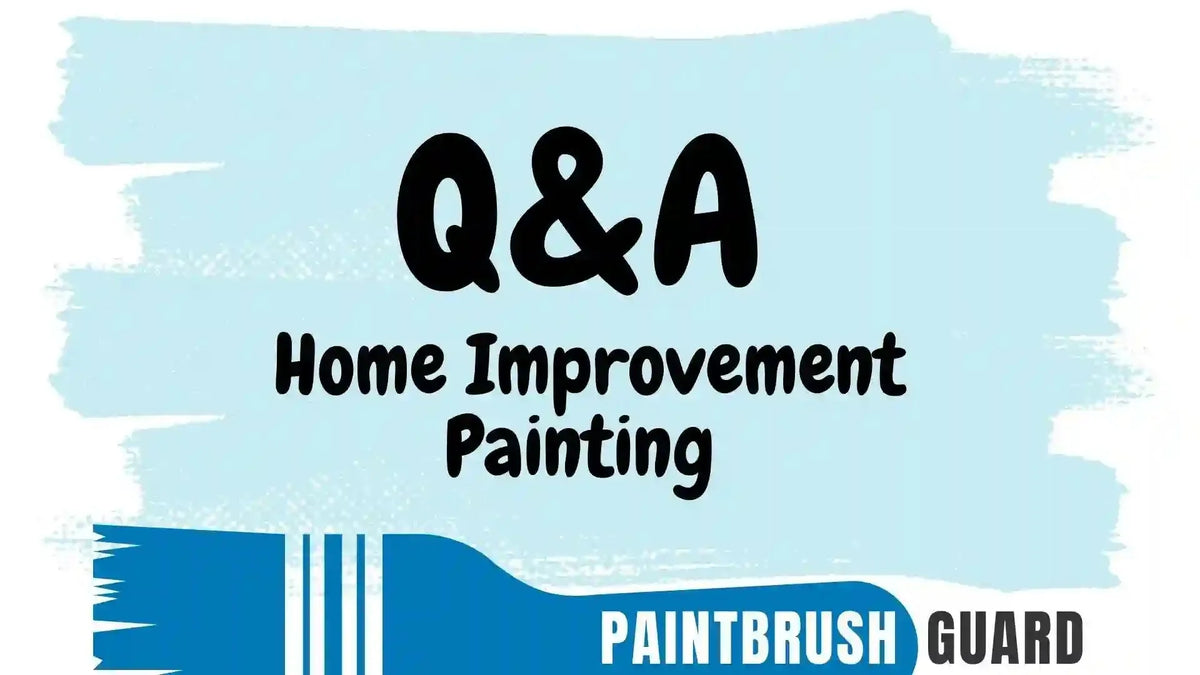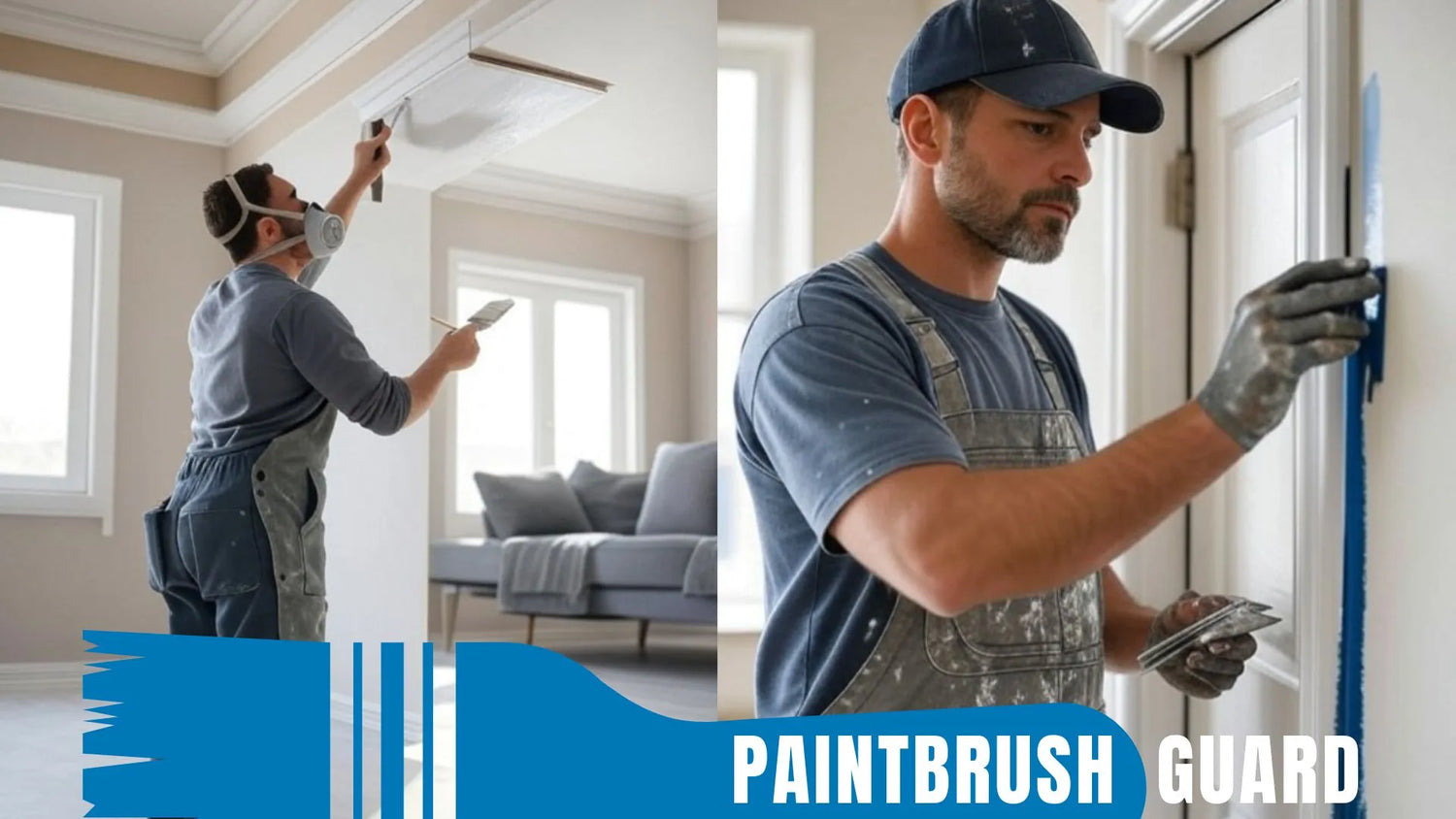
How long does exterior paint last on metal?
|
Time to read 6 min
|
Time to read 6 min
High-quality exterior paint typically lasts 5–10 years on metal, depending on paint type, weather conditions, surface preparation, and maintenance.
This guide explores the factors influencing paint durability and provides actionable tips to maximize its lifespan.
Read our exterior metal painting guide: This guide helps you achieving a professional long lasting paint result on exterior metal, preventing issues like rust, peeling or uneven finishes.
Exterior paint on metal generally lasts 5–10 years when using high-quality acrylic or epoxy-based paints.
With proper surface preparation and maintenance, coatings on metals like galvanized steel can last up to 15 years.
Harsh conditions, such as intense UV exposure or salty coastal air, may shorten this lifespan.
The durability of exterior paint on metal depends on several key factors that influence how well it withstands the elements.
From environmental conditions to the type of paint used, understanding these variables can help you choose the right approach for a long-lasting finish.
With no cleanup required after a painting session, you can take a short break mid-project or wrap up your painting for the day, your brush stays ready without the need to clean.
Maximizing the lifespan of exterior paint on metal requires strategic preparation and maintenance.
By following proven techniques, you can protect your metal surfaces from rust and weathering, ensuring a vibrant, durable coating for years to come.
Learn when to prime exterior metal paint for a durable finish. Explore primer types, preparation, and application tips for metal surfaces.
Painting metal surfaces seems straightforward, but common errors can significantly reduce the paint’s lifespan.
Avoiding these pitfalls during preparation and application is crucial for achieving a professional, long-lasting result.
Discover 6 expert tips for exterior metal painting in coastal regions. Learn to combat rust with durable paints and prep techniques. Transform your home today!
Repainting every 5–10 years is typical, but this depends on paint quality, environmental factors, and maintenance.
High-quality paints in mild climates may last closer to 15 years, while surfaces in harsh conditions, like coastal areas with salt air, may need repainting every 5–7 years.
Regular inspections can help you determine when a fresh coat is needed, especially if you notice fading, chalking, or rust spots.
Avoid issues like peeling by sanding metal for exterior painting. Learn why skipping sanding fails and get tips for a pro finish on metal surfaces.
No, painting over rust is not recommended, as it leads to poor adhesion and rapid paint failure.
Rust must be fully removed using a wire brush, sandpaper, or chemical rust remover before painting.
After cleaning, apply a rust-inhibiting primer to prevent future corrosion. This ensures the paint adheres properly and provides long-term protection against weathering and rust recurrence.
Discover 6 tips for exterior metal painting on galvanized surfaces, including cleaning, priming and applying paint for a durable finish on fences or railings.
Acrylic, epoxy, or polyurethane paints designed for exterior metal are ideal. Acrylic paints offer flexibility and UV resistance, making them great for most climates.
Epoxy paints provide a tough, rust-resistant barrier, ideal for humid or coastal areas. Polyurethane paints add durability and a glossy finish but may require a primer.
Choose paints labeled for metal and exterior use to ensure optimal performance against weather and corrosion.
Exterior paint on metal can last 5–15 years with proper paint selection, surface preparation, and maintenance.
By using high-quality products, preparing surfaces carefully, and maintaining them regularly, you can protect metal from rust and weathering while keeping it visually appealing. Follow these best practices for a durable, long-lasting finish.
High-quality exterior paint lasts 5–10 years on metal, with acrylic or epoxy-based paints potentially lasting up to 15 years with proper preparation and maintenance. Harsh conditions like intense UV exposure or coastal salt air may shorten this to 5–7 years, depending on paint quality and upkeep.
Paint durability depends on the paint type (acrylic, epoxy, or polyurethane), weather conditions (sun, rain, humidity, or coastal salt air), surface preparation (cleaning, rust removal, sanding, and priming), maintenance (regular cleaning and repairs), and metal type (aluminum, steel, or galvanized steel), all of which impact adhesion and resistance to weathering.
Use a rust-inhibiting primer for corrosion protection, choose high-quality acrylic, epoxy, or polyurethane paints, thoroughly clean, sand, and remove rust from the surface, apply multiple thin coats for even coverage, and maintain surfaces annually by cleaning with mild soap and addressing chips or scratches promptly to ensure a lasting exterior metal paint finish.
Avoid skipping primer, as it’s essential for adhesion and rust prevention; painting in poor conditions like high humidity or extreme temperatures, which affects drying; ignoring rust, as it causes peeling; and using low-quality or interior paints, which lack durability and lead to fading, chalking, or peeling in outdoor conditions.
Acrylic paints offer flexibility and UV resistance, epoxy paints provide rust resistance for humid areas, and polyurethane paints ensure durability and gloss. Painting over rust is not recommended, as it leads to poor adhesion and rapid failure; remove rust with a wire brush or chemical remover and apply a rust-inhibiting primer before painting for a durable exterior metal paint finish.

Learn about eco-friendly painting, tips and tutorials on house interior and exterior surfaces, so you can get started with your project without any surprices during or after your painting.

Learn how interior house paint colors influence mood with expert tips on room preference so you can pick the best colors for a harmonious home environment.
We focus on the most popular shades for each interior colors, so you don't miss no matter what color you pick.

Learn how this innovative tool allows you to store paintbrushes without the need for immediate cleaning, offering significant advantages in time savings, water conservation, reduced chemical pollution, and lower costs for supplies.
